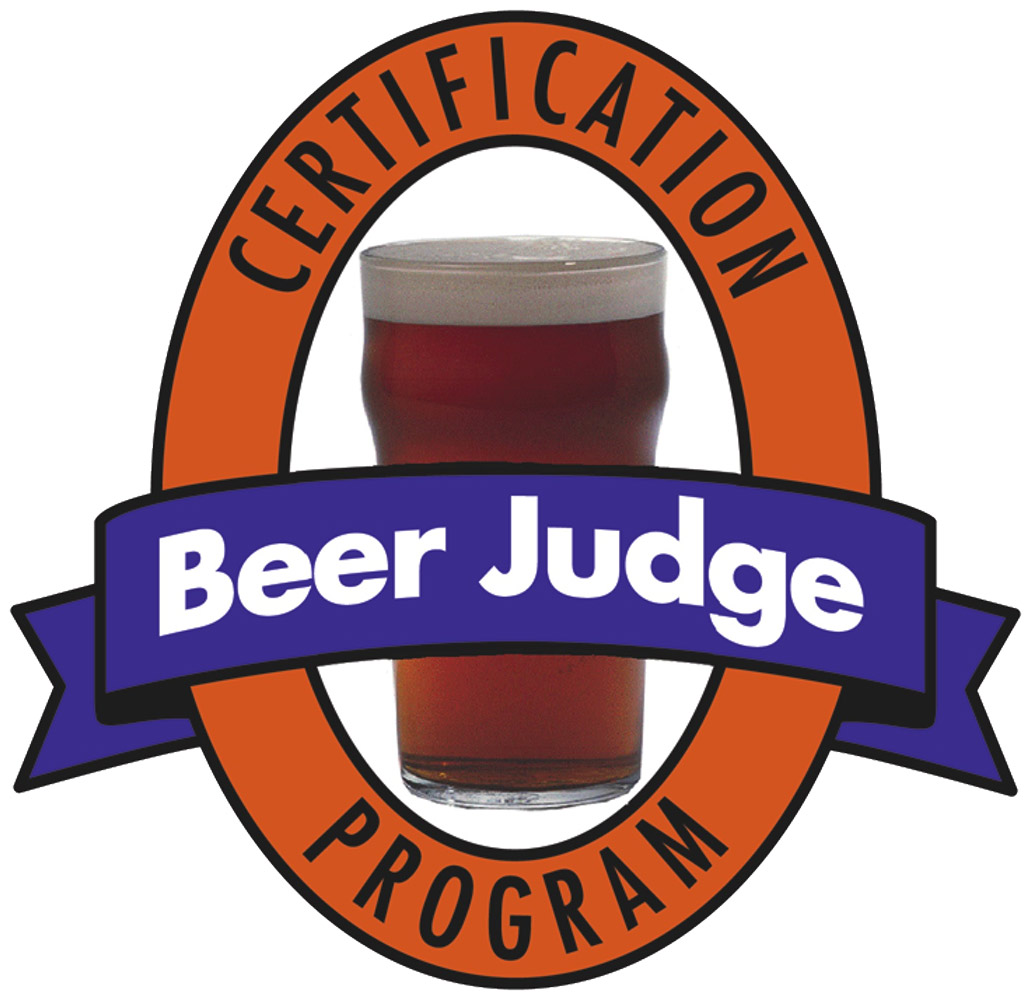As preparation for my upcoming Beer Judge Certification Program (BJCP) tasting exam in Portland this weekend, I judged at the Best of Boston Homebrew Competition last weekend.

My only previous judging experience was at the Boston Homebrew Competiton run by the Boston Wort Processors Homebrew Club. That day I judged stouts in the morning, and light hybrids in the afternoon. This time around I wanted to experience brewing something completely different, and was assigned to Belgian ale in the morning and American ale in the afternoon. The former consisted of saison, bier de garde, and Belgian specialty, a kind of catch-all for any Belgian beer that did not conform to any particular style. Having brewed none of these, I made sure to study in the days leading up to the competition.
This was the first edition of this particular competition and it was run by The Homebrew Emporium. Last time as a novice I was paired with experienced, certified judges. This time around there were not as many experienced judges. In the morning I was paired with a novice judge who worked at a tea house. It was different and fun to be the person offering insight and guidance. At our table was a mechanical engineer and MIT grad who really knew his stuff. He was not certified, but he was in a study group for the exam where the group studies, tastes, and critiques a different style of beer every week to prepare for the exam.
The quality of beer at competitions runs the gamut from excellent to undrinkable. In the Belgian category we were fortunate to have several excellent beers. Having a smaller and less experienced group of judges enabled me to judge the mini-best in show round. At a competition, not all of the judges in a particular category can judge every beer. If the awards were based only on the score, and certain beers were tasted by judges who gave more generous scores, those beers would have an unfair advantage. In the mini best-of-show round, three or four of the highest scoring beers are set aside. Either all of the judges, or at a larger competition the highest ranked judges in a category will taste all of the beers and decide what order to put them in. Once a winner has been declared for every category, this process is repeated for the best-in-show round.
The winner was a patersbier, or table beer. It is the style of beer that Belgian monks drink every day at the monestary. This beer was clean, crisp, refreshing, and just estery enough to add complexity. After a long day of silence and tending to an herb garden, I would gladly drink a stein or two of this beer. In second was an excellent Belgian IPA. Instead of brewing an American IPA with a Belgian yeast and calling it a Belgian IPA, this beer tasted like all of the ingredients were Belgian: malt, noble/Continental European hops, and yeast. There were several Saisons that I enjoyed. The third place beer was a saison that ticked all of the boxes in terms of flavor and used brettanomyces (brett) adeptly.
The American ales I judged in the afternoon were a relative disappointment. I think less-experienced brewers gravitate more to American styles since it is what they are most familiar with. The competition wrapped up fairly early. Several of us went to Redbones in Sommerville for food and drinks. The beer selection was quite good, they had Ipswich Ale’s Oatmeal Stout on cask which was excellent. If I didn’t have to drive home to Beverly I would have had a few more. I made a couple new friends including Dave from Back to Basics Beer who I was paired with in the afternoon. He retired from the Coast Guard, bought a farm in the South Coast, and has been brewing for 15 years. It was great to have the opportunity to pick his brain.
While I was in Cambridge I stopped at the Homebrew Emporium and picked up ingredients for the next collaboration Andy. This time, we will be brewing together at my place. At this point it is too windy and cold to brew outside. This will be a special beer that nobody else will be able to exactly duplicate. I look forward to showing Andy and his wife Juli my setup and how I brew at home.
It was a fun day and I learned a lot. Hopefully it will hold me in good stead this weekend. One of the judges from the afternoon session said he thought I would be fine and do great. I hope he is right!
(I suck at names. To anybody I met last week, I apologize for not mentioning you by name. I should have taken notes for the blog if nothing else. Again, I suck).
Follow me on Twitter @JChalifour
Like The Would-be Brewmaster on Facebook
Share what beers you are drinking with me on Untappd








